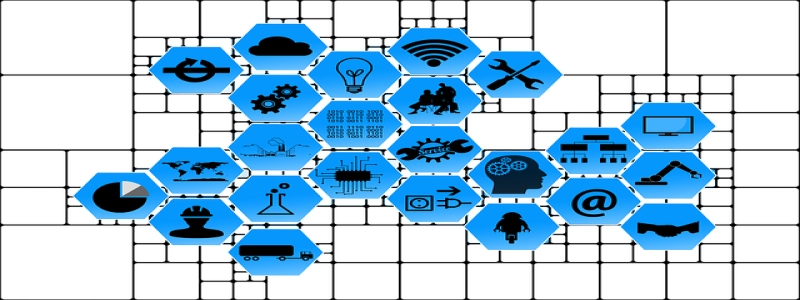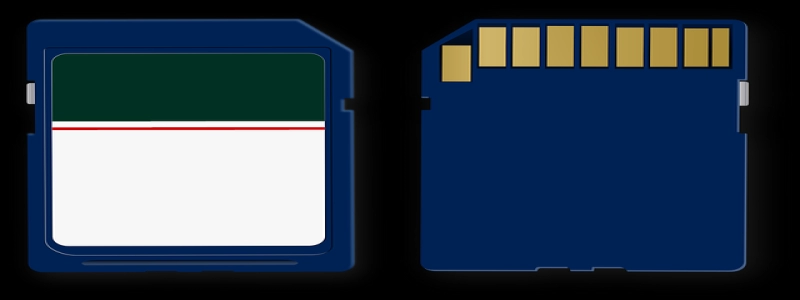Ethernet DVR
Introduction
Ethernet DVR, also known as Network DVR or NVR, is a digital video recorder that uses Ethernet connections to transmit and store video data. This article will explore the features and advantages of Ethernet DVRs.
I. What is an Ethernet DVR?
An Ethernet DVR is a surveillance device that records video footage from security cameras and stores it on a hard drive. Unlike traditional DVRs, which use analog connections, Ethernet DVRs utilize Ethernet cables to connect to IP cameras and transmit the video data over a network.
II. Features of Ethernet DVRs
1. High video quality: Ethernet DVRs support high-definition (HD) video recording, allowing for clear and detailed footage. With the advancement of technology, some models even offer 4K resolution recording.
2. Remote viewing: Ethernet DVRs enable remote viewing of live or recorded footage. Users can access the video feeds from their computers, smartphones, or tablets via a network connection. This feature provides flexibility and convenience for monitoring purposes.
3. Centralized management: Ethernet DVRs often come with software that allows for centralized management of multiple cameras. Users can control and view the video feeds from multiple cameras on a single interface, making surveillance more efficient.
4. Storage capacity: Ethernet DVRs typically have large storage capacity, which can be expanded by adding additional hard drives. This ensures that ample footage can be stored and accessed when needed.
III. Advantages of Ethernet DVRs
1. Scalability: Ethernet DVR systems can easily be scaled up to accommodate more cameras and expand surveillance coverage. Additional IP cameras can be added to the network without any major infrastructure changes.
2. Cost-effective: Ethernet DVRs can be more cost-effective in the long run compared to traditional DVRs. Since IP cameras are connected to the existing network infrastructure, there is no need for separate coaxial cables or additional wiring, reducing installation and maintenance costs.
3. Flexibility: Ethernet DVRs offer flexibility in camera placement. IP cameras can be installed in remote or difficult-to-reach locations since they only require a network connection. This allows for more coverage options and customized surveillance setups.
4. Integration: Ethernet DVRs can integrate with other security systems and devices, such as access control systems or alarm systems. This integration enhances the overall security infrastructure and enables a comprehensive surveillance and security solution.
Conclusion
Ethernet DVRs provide advanced features, high-quality video recording, and remote accessibility. Their scalability, cost-effectiveness, flexibility, and integration capabilities make them an ideal solution for various surveillance needs. As technology continues to evolve, Ethernet DVRs are expected to further enhance surveillance capabilities and improve overall security measures.








